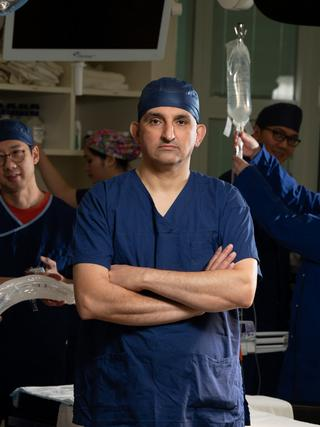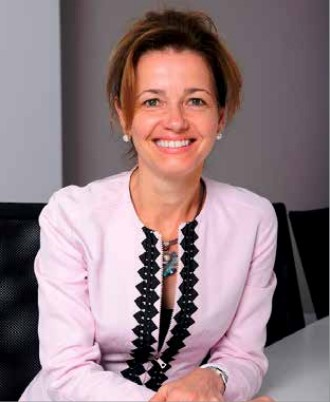NSW health budget an "effective loss" in funding
Luke Williams
25 June 2024, 9:20 PM
 Image: Supplied.
Image: Supplied.The Australian Medical Association has called out the NSW Government for an effective drop in state-wide health funding, as the Western Plains continues to grapple with a shortage of critical health resources and some of the lowest life expectancies in the state.
“This year’s health budget of $31,873 billion is a 2.97% increase on last year’s budget of $30,951 billion," AMA (NSW) Vice President Dr Fred Betros said.
"It falls below actual health CPI meaning that after health inflation this is an effective loss.
“The budget particularly fails the needs of rural and regional communities by providing limited support for already stretched LHD health budgets in these areas and no effective incentives to retain doctors in regional and rural communities.”
Dr Bedros said that the NSW Government had failed to address the "significant holes" in the NSW Health System, particularly elective surgery waitlists.

PHOTO: Surgeon and AMA NSW President Dr Bedros. Image: the Daily Telegraph.
“This government claims to have fixed elective surgery but the number of patients on elective surgery waiting lists are going up.
"According to the most recent figures from the Bureau of Health Information at the end of the last quarter (1 Jan – 31 March) there were 93,839 patients on the waiting list up from 88,618 on the December 2023 quarter.
"Without further funding this number will continue to grow," he said.
In its health budget the NSW Government has committed to an additional $200.1 million to increase key health worker accommodation across rural and regional areas of the state as part of the 2024-25 NSW Budget.
Early assessment has identified a number of possible future locations for the 120 dwellings include Lismore, Lake Cargelligo and Tweed Heads.

Lake Cargelligo. Image: bcl.id.au.
This additional $200.1 million investment will build on the NSW Government's commitment to recruit and retain health workers in regional and remote parts of the state.
The Government has also funded greater bulk billing incentives and has invested half a billion dollars to take pressure off emergency rooms across the state.
This includes $171.4 million to establish a ‘Single Front Door' - "a single point of advice, assessment, triage and referral for people in NSW with urgent non-life threatening conditions, backed with the introduction of three additional virtual care services".
But beyond that, there was nothing specific for the Western Plains and very little for regional and rural NSW.

Image: NSW Government
Rural Health Alliance CEO Susi Tegen said the government needs to do more to help rural areas urgently.
"We just made a submission to the NSW Legislative Assembly, pointing that rural areas are seriously lacking in maternity services, alcohol and mental health as well as cancer care and oncology.
"We also know that aged care services are extremely stretched.
"We need a compact between federal and state governments to work together under under a national rural health strategy because we cannot afford to have regional and remote Australians having less supports".

Susi Tegen. Image: Supplied.
In this respect, Ms Tegen said that she was glad the NSW Legislative Assembly made a visit to Nyngan last year.
"We had a community there that's raising money because medical costs were not being met by Medicare. We cannot be relying on communities to raise additional funding for services"



